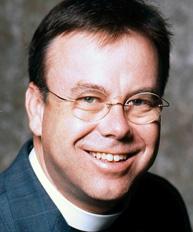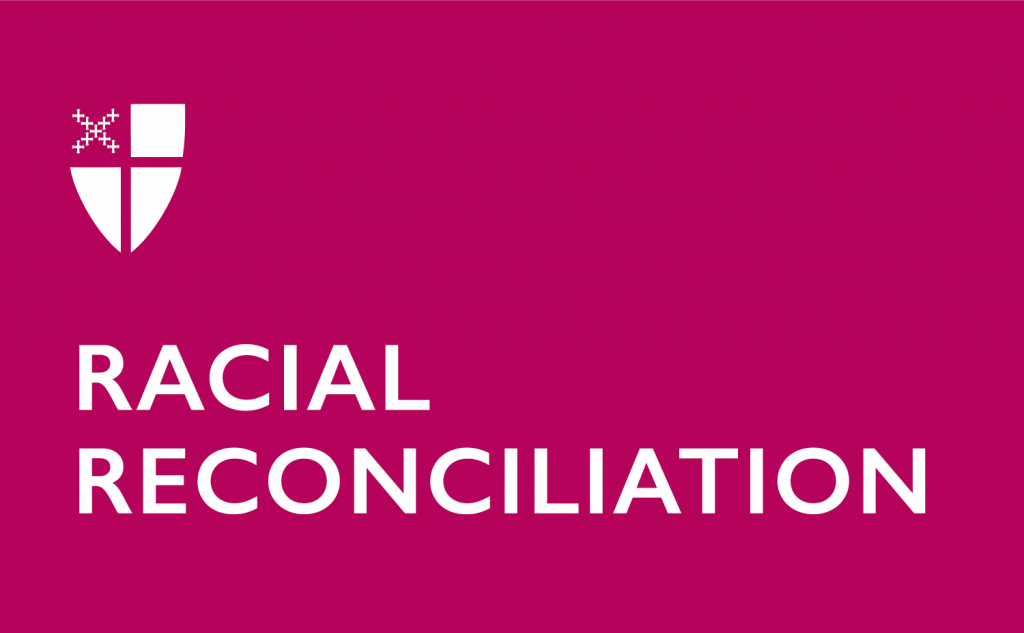Giving the full history: Who owned Absalom Jones?

Absalom Jones is one of the Episcopal Church’s and our nation’s most heroic founding fathers, and on February 13, we commemorate blessed Absalom, the first black priest and founder of the first black congregation in the Episcopal Church. Absalom Jones had been born into slavery in 1746 and achieved his own freedom in 1784. But, from whom?
I know it’s awkward at this time of celebration to acknowledge the man who enslaved Absalom. But the 2006 General Convention mandated that the Episcopal Church give a “full, faithful and informed account of our history” with slavery. So, the time is right to remember that the man he called “master” for 38 years was Benjamin Wynkoop vestrymen, warden and benefactor of Christ Church and St. Peter’s in Philadelphia, our Church’s two historic congregations that helped give birth both to the nation and the Episcopal Church. May a fair accounting of Jones’ and Wynkoop’s history as slave and master provide Episcopalians today with the insight to overcome the legacies of a racist past infecting our society, and beloved Church, still.
Absalom was not given the last name of Jones when born on the plantation of Wynkoop’s parents in Sussex, Delaware. At an early age, he was taken from the fields and came to work in the house. When Wynkoop chose to farm no longer, but to make his way as a merchant, he sold Absalom’s mother and six siblings, and brought the 16-year-old Absalom as his slave to Philadelphia in 1762.
Upon arriving in Philadelphia, Wynkoop began attending the newly constructed St. Peter’s, built when Christ Church had become fully subscribed; Christ Church and St. Peter’s were one parish church in two congregations.
Wynkoop’s business was successful, and how not? Absalom labored from dawn to dusk, he reported, often till midnight. Not only staffed by slave labor, the store sold the fruits of slave labor: “rum, molasses, coffee, chocolate, pepper, and other groceries.” According to a biographer, Wynkoop was a “prompt contributor to worthy causes” through his gains reaped by the labor of others. A major donor in the parish, Wynkoop was elected to the common Vestry of Christ Church and St. Peter’s in 1769.
According to Absalom’s own autobiographical sketch, Wynkoop permitted him to attend a school for blacks, possibly one in Christ Church conducted by the Bray Associates (another history that needs a full accounting). Absalom married a slave, Mary, whose master was Wynkoop’s neighbor and fellow parishioner at St. Peter’s. Absalom took on the cause of Mary’s freedom. With the skills learned in school, he wrote the case and raised the necessary money to purchase her freedom, which her master accepted. Absalom remained a slave.
When General Howe marched his British troops into Philadelphia in the autumn of 1777, Wynkoop temporarily fled. Absalom could have easily taken refuge with and received freedom from the British. But he stayed in the Wynkoop’s store. Mary was now free, he had a family that he would not abandon, and a house he had built that he rented to free blacks, saving the money. “I made application to my master in 1778 to purchase my own freedom,” he wrote, “but this was not granted.”
“My desire for freedom increased,” he wrote, because he feared that, while a slave, his house might be taken by Wynkoop. He made “many applications to [Wynkoop] for liberty to purchase my freedom,” but Wynkoop wouldn’t budge. Why couldn’t Wynkoop breath the air of freedom rich and redolent in Philadelphia? Why did his Church, that had many abolitionists as members, remain silent? Those are the questions we are obligated to ask now.
On October 1, 1784, Absalom recounts with a charity surprising that Wynkoop, “generously gave me a manumission.” Then, Absalom freely took the surname Jones, uniquely American and sounding nothing like the Dutch Wynkoop.
Within three years, Absalom Jones co-founded the Free African Society. In 1792, he led his congregation from St. George’s Methodist Church and founded St. Thomas, which then in 1794 affiliated with the Episcopal Diocese, and the African Episcopal Church of St. Thomas was born. But what of Benjamin Wynkoop? He becomes warden of Christ Church and St. Peter’s during these formative years of the Episcopal Church, but little detail of his life remains. The most interesting detail is from Absalom Jones.
After his manumission, he writes, “I have ever since continued in [Wynkoop’s] service at good wages, and I still find it my duty, both late and early, to be industrious to improve the little estate that a kind Providence has put in my hands.”
I leave to historians the interpretation of the meaning or importance of Absalom Jones continuing to work for Benjamin Wynkoop, building a relationship of some warmth and forbearance such that Wynkoop’s respect for Jones was quoted in Jones’ obituary in 1818. But I challenge myself, and the tour guides at Christ Church who will tell Wynkoop’s history of slaveholding this year to some 100,000 school children, not to jump to the conclusion of a happy ending to a slavery story in our beloved Episcopal Church. I hope that Jones and Wynkoop truly enjoyed the embrace of reconciliation, but take that possibility as a challenge today to reconcile our present Church with its own history with slavery. Might we be guided by the wisdom of theologian Miroslav Volf: “Remembering well is one key to redeeming the past; and the redemption of the past is itself nestled in the broader story of God’s restoring of our broken world to wholeness — a restoration that includes the past, present, and future.”
Absalom Jones wrote that the motivation for founding the African Episcopal Church of St. Thomas was “to encourage us to arise out of the dust and shake ourselves, and throw off that servile fear, that the habit of oppression and bondage trained us up in.” That same habit of oppression and bondage will continue to infect the Episcopal Church until we tell our complete history with slavery. I pray we, as a Church, arise out of the dust and shake ourselves, and give an informed account of the slaveholders in our past, and not just the slaves.

